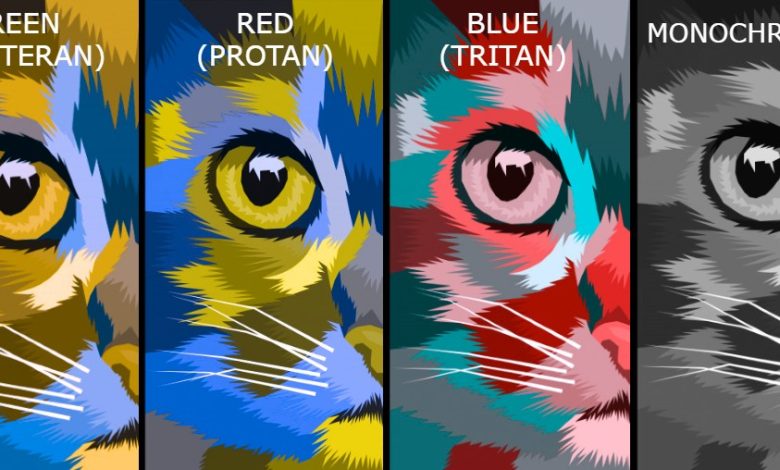COLORWILL – Little-Known Ways to Help Colorblind Children

Helping kids grow is hard and it’s impossible to know if you’re doing the right thing every time, so following experts in the industry is a good idea.
Color blindness is very common; 1 in 12 boys and 1 in 200 girls are colorblind. It affects 8% of the male population, 13 million in the US, 30 million in Europe, and 350 million worldwide.
In a class of 25 students, one, and possibly more, are likely to have difficulty distinguishing colors. If 8% of the boys in a class had a physical condition that did not allow those children to access the information being taught, would the educator know about it? Would the educator know how to help the students? Color vision deficiency is sometimes referred to as a “hidden disability” because this physical condition is not visually apparent and not always identified in affected children. The impact of color vision deficiency on a child in a world full of color could be significant.
IMPACT OF COLOR BLINDNESS
This conversation between a ten-year-old boy and his mother illustrates this:
- “Mom: What a beautiful rainbow! I know you have learned there are seven colors in a rainbow and you know all about ROYGBIV, but how many do you actually see?”
- “Boy: Two. One is yellow…or maybe green. The other is blue. That’s it.”
- “Mom: What do you see above the yellow? Boy: Um…sky?”
For the boy in this account and others with similar color vision fields. The mnemonic device ROYGBV becomes the way to memorize something unseen. Similarly, the child must memorize the color wheel when others have the added visual cues to see that red and blue combine to make purple or yellow and blue become green. In science class, what happens when the two-colored liquids combine? In geography, where do the colored sections of the map change? On the sports field, where are the lines on the green field? What colors do the leaves turn in autumn? In the home, are the bananas a ripe yellow yet or are they still green?The list goes on.
- According to the research, 4 out of 10 colorblind students try to avoid schoolwork and activities involving colors, and nearly half are less interested in painting, drawing, nature walks, and field trips to art museums.
- Surveys showed more than 1 in 3 colorblind people said teachers got frustrated with them when they couldn’t understand schoolwork involving color.
- 1in 4 was teased by classmates or teachers due to being colorblind.
- Around the world, teachers and educators are unaware and uneducated about color blindness. Oftentimes, that causes color blind students to be labeled as having “learning difficulties” by teachers.
WHAT PARENTS CAN DO?
We live in the information age. By a simple search on google you can find thousands of results about color blindness. In social networks, people share their experiences and can answer your questions by giving you some tips and advice.
But the real problem is, a lot of the information on this topic is coming from outdated sources, or people’s experiences. Which may not work for your child or be even harmful.
After hours of searching and reading the information on the internet, you can end up even more confused. We know, we’ve been there! We read all the comments, blogs, joined groups, and even went as far as reading the latest research papers – that’s how we know the information on the internet cannot trust.
Dear parent, welcome to the world’s first step-by-step guide for people with color deficiency!

Everyone knows that being a parent isn’t easy. At COLORWILL their focus is to help and navigate parents on the right path to the successful future of their children. You will receive short training that combines everything you should know about this condition and steps you can take as a parent. As well as educational videos that will help your child to learn colors better.
COLORWILL team also created a special bonus where they included extra materials for schools/teachers. The company will provide services for schools to help teachers learn how they should adjust a classroom, school materials, and tests for colorblind students.
The founder of the company Amir Kosari is a colorblind creative designer that has first-hand experience with the struggles that colorblind people face. He knows exactly what a colorblind person needs to reach success in the future.
Click here to learn more about this course.





